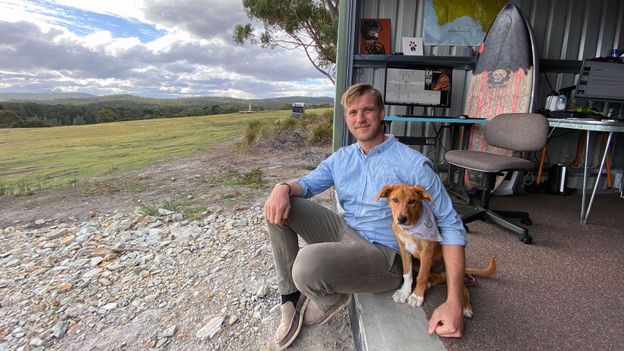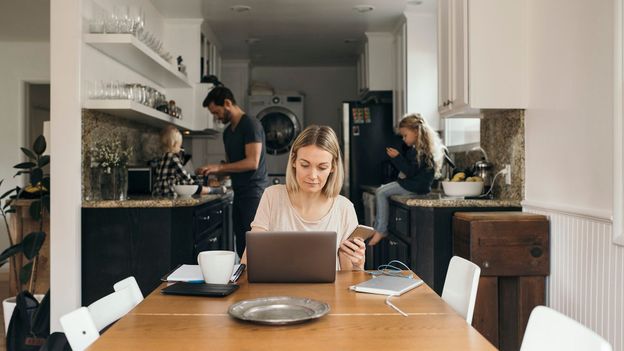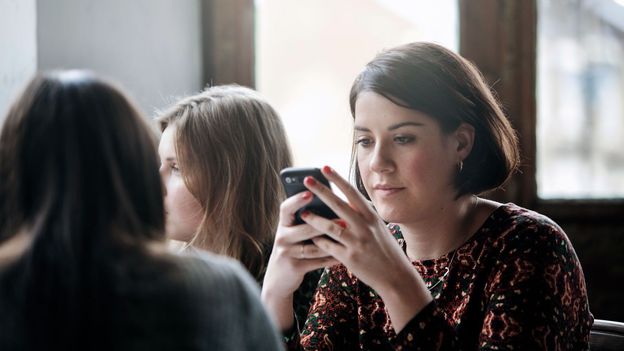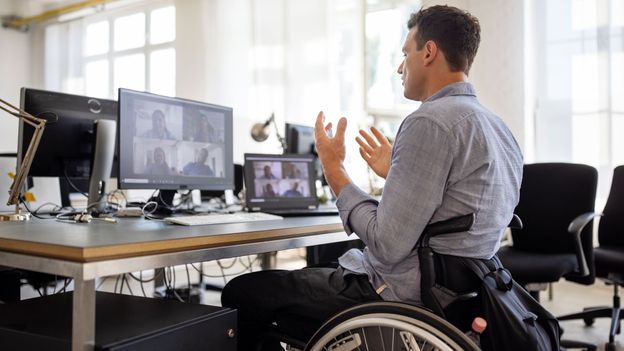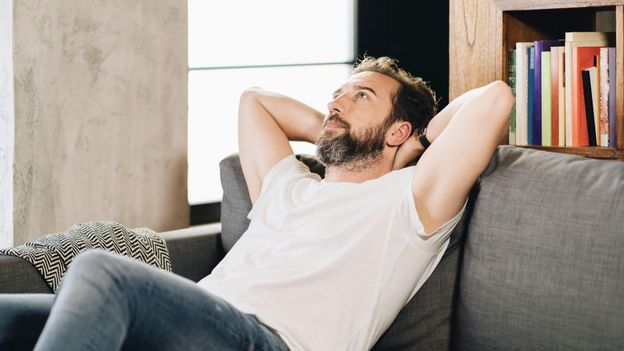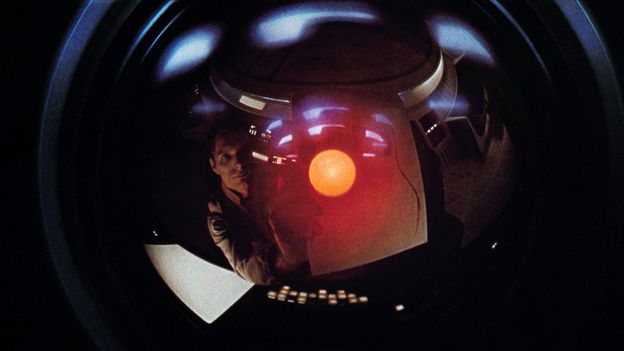“To me, those five steps over to the office really do help create that boundary between work and home,” the 48-year-old explains. “My productivity and concentration are so much higher than in my house because there’s loads of natural light, it’s acoustically pleasant and there are no distractions, apart from, perhaps, a robin flying by.”
Breached boundaries
There may also be a psychological advantage to having a dedicated workspace separate from your personal space. Before the pandemic, the office acted as a neutral area with a uniform aesthetic where everyone had access to the same resources. But now the process of ‘inviting’ colleagues into your home through video calls can open you up to scrutiny of your own physical environment, which can be tough for those who don’t have a perfectly curated bookshelf to place behind their well-angled webcam.
“Instead of being judged by our physical appearance and professionalism – the clothes we wear, how well-groomed we are – all of a sudden it becomes ‘what equipment do you have, what’s the definition of your camera, what’s the clarity of your microphone, what’s the lighting in your office, do you even have a home office’,” explains Peditto.
Videoconferencing also breaks down longstanding boundaries between professional life and personal expression, making workers vulnerable to explicit and implicit comparisons of their workspaces – something that you may well feel more acutely working from your bedroom than your garden office. This can be particularly challenging for people of colour, who are now broadcasting more of their personal identities from their living spaces.

